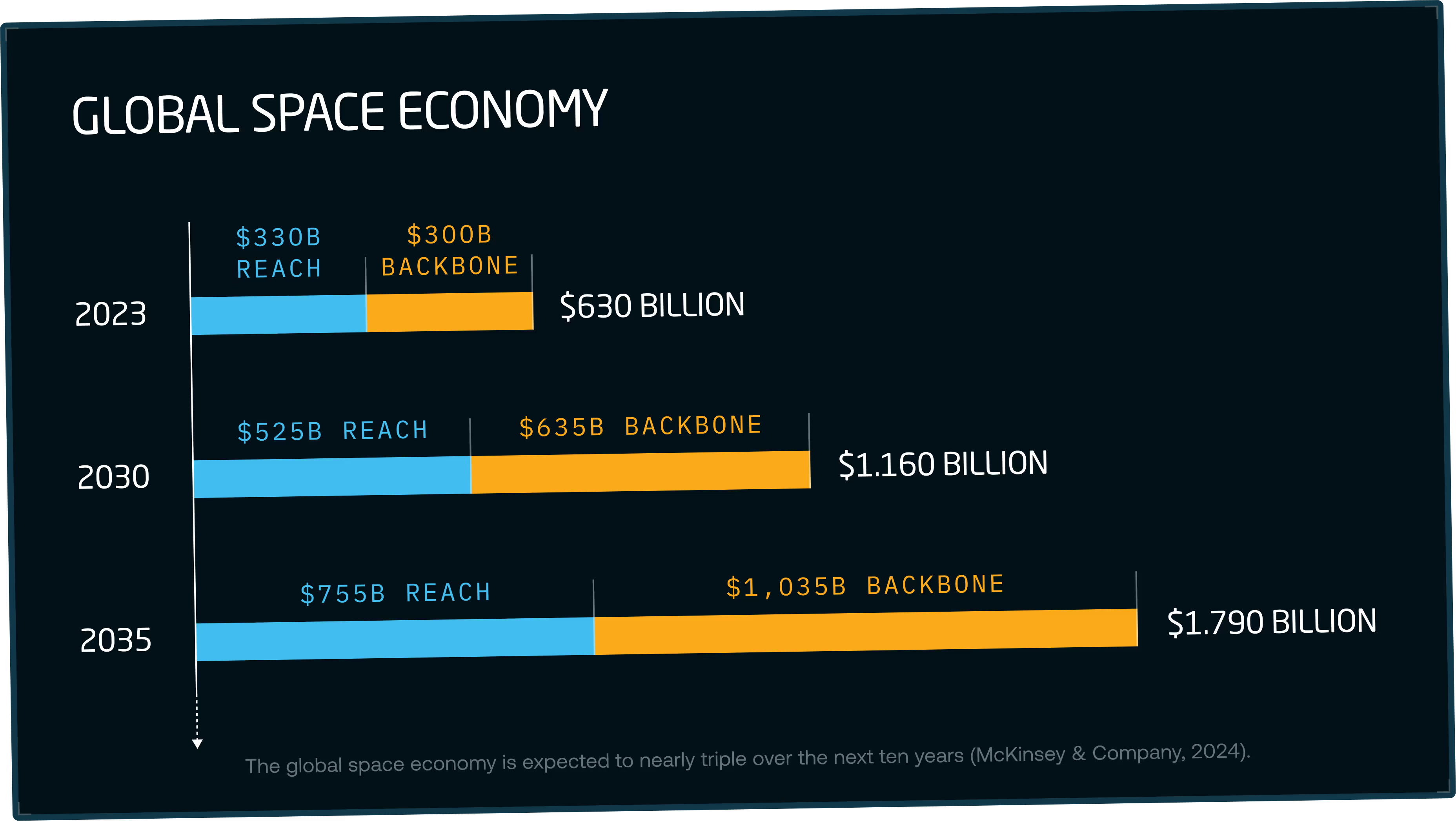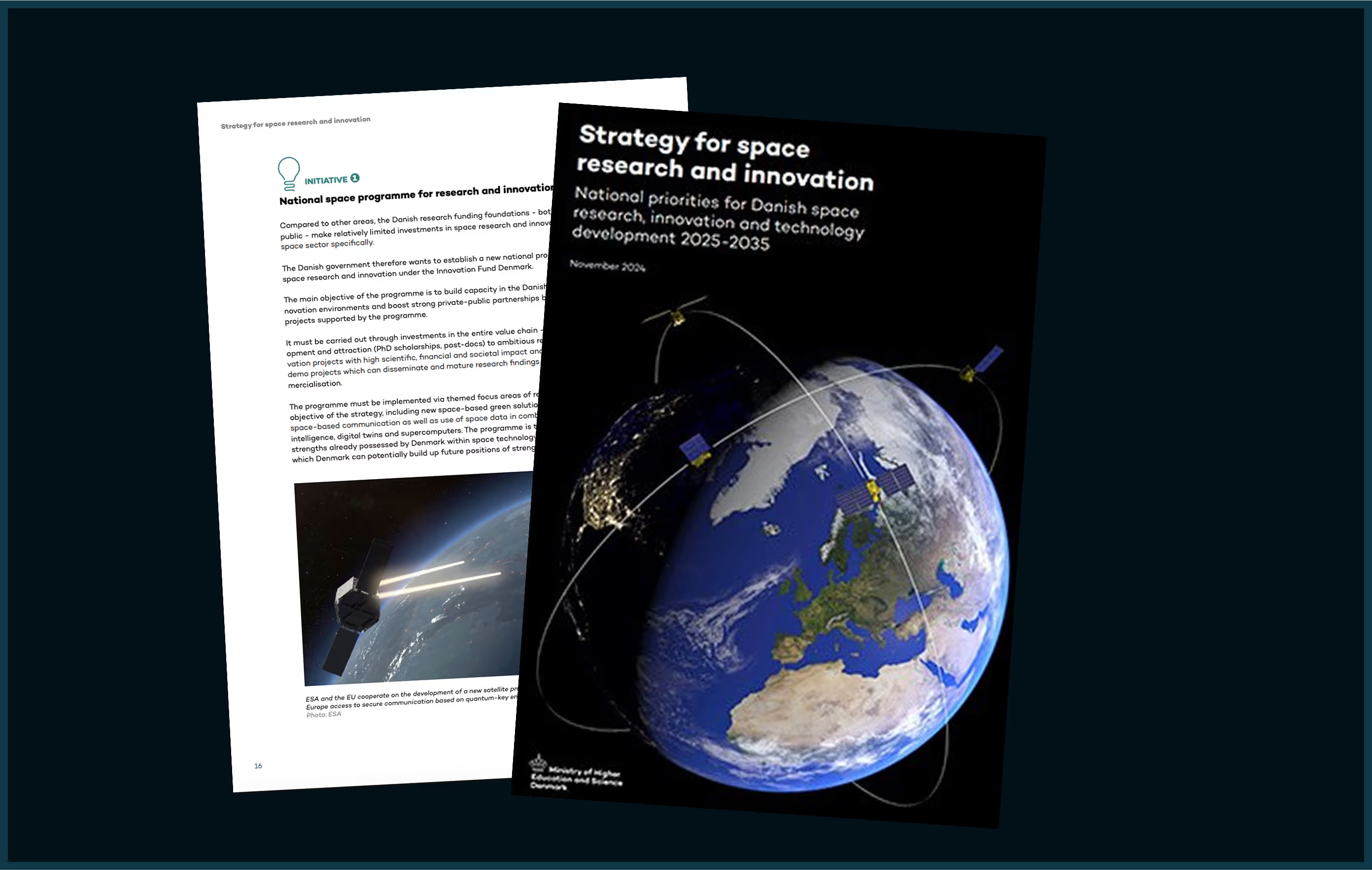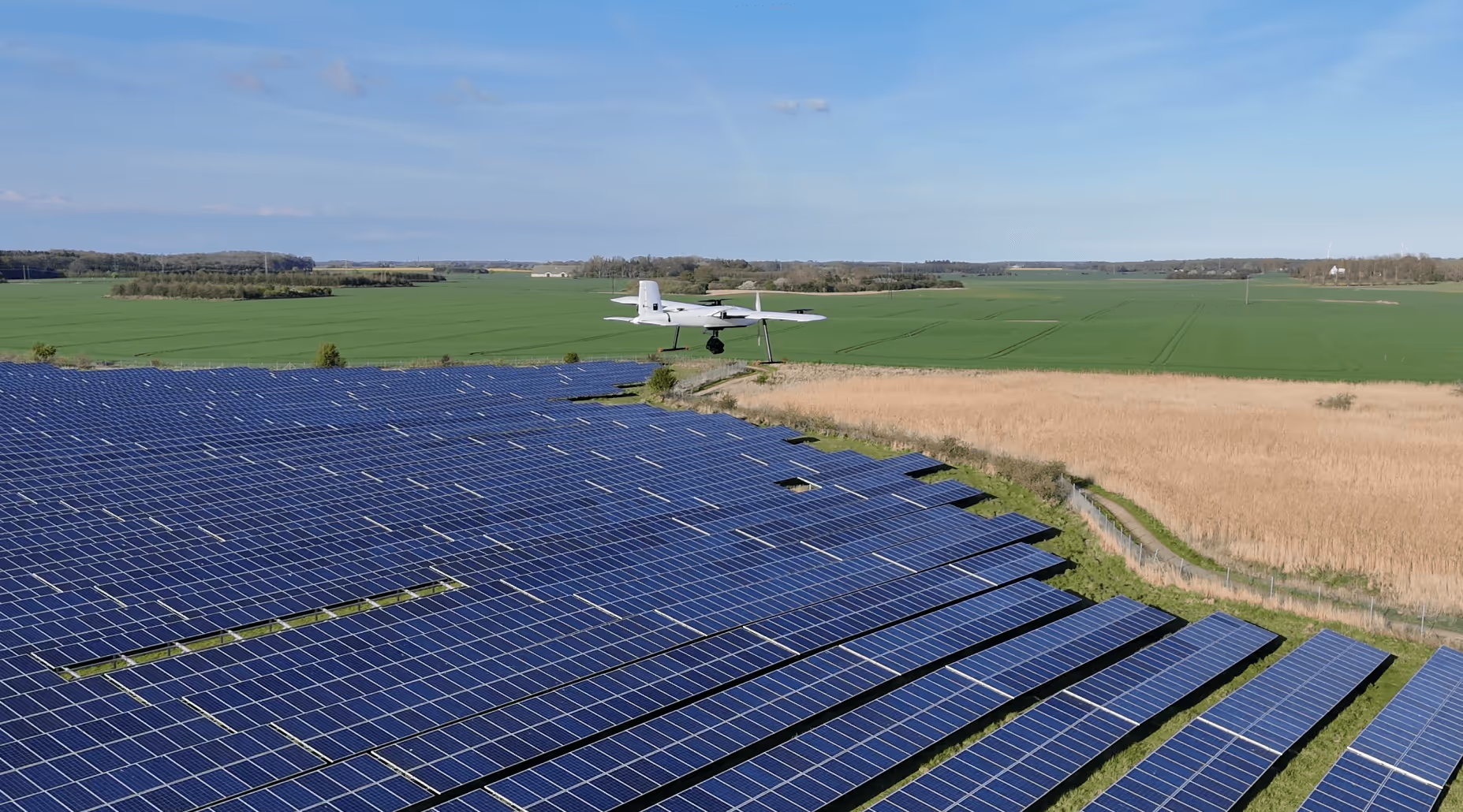Why should Danish businesses care about space?
The global space economy is set to nearly triple by 2035, moving far beyond rockets and astronauts to impact industries from agriculture and energy to logistics, finance, and climate solutions. For Danish companies, space technology and satellite services a are becoming essential tools for competitiveness and innovation.


// Global development
The new commercial frontier will impact almost every industry on earth
Space is rapidly shifting from being the “final frontier” to becoming a highly dynamic “commercial frontier”. Driven by falling launch costs, breakthroughs in satellite technology, and a rise in private investment, the global space economy is on track to triple in size from around $600 billion in 2023 to nearly $1.8 trillion by 2035 (McKinsey & Company 2024). This explosive growth goes far beyond traditional aerospace. Just as aviation and the internet once transformed the global economy, space commercialization is set to reshape industries across the board. From agriculture and energy to logistics, finance, and climate monitoring, space-based technologies are becoming critical infrastructure for innovation and competitiveness here on Earth. Consultancies like McKinsey & Company now view space capabilities as a strategic success factor, not just for space companies, but for any business looking to stay ahead (McKinsey & Company 2023). Whether it’s leveraging satellite data for smarter decision-making, using space-based connectivity in remote areas, or supporting green transitions with Earth observation tools, companies across sectors are already tapping into this new commercial frontier. In short, space is no longer a limited sector. It’s becoming a vital enabler of global growth and transformation.

How Denmark is taking part in the booming space economy
Through initiatives like Space Ventures Denmark, Denmark is establishing itself as a key player in the rapidly growing commercial space economy. With initiativeslike the ESA Business Incubation Centre Denmark, which supports space-linked startups, and the ESA Technology Broker Denmark, which helps established companies innovate using space technologies, Denmark is building industrial momentum. These efforts have already enabled the creation of over 40 startups and dozens of innovation projects across sectors such as energy, cybersecurity, and materials. By connecting space with real-world business needs, Denmark is turning space into a competitive advantage.




What Denmark’s new national space strategy means for businesses
Denmark’s new national strategy for space research and innovation sets a clear course for the next decade - and positions space as a driver of industrial growth. With a focus on stronger research environments, international leadership, and increased investment in ESA programs, the strategy aims to create fertile ground for commercial applications of space. Businesses stand to benefit from increased access to research, funding, and public-private missions, as well as strategic focusareas like green transition, climate monitoring, defense, and digital infrastructure. For Danish companies, space is no longer science fiction. It’s a real-world growth opportunity







.avif)



%202.avif)


%202.jpg)




.avif)

